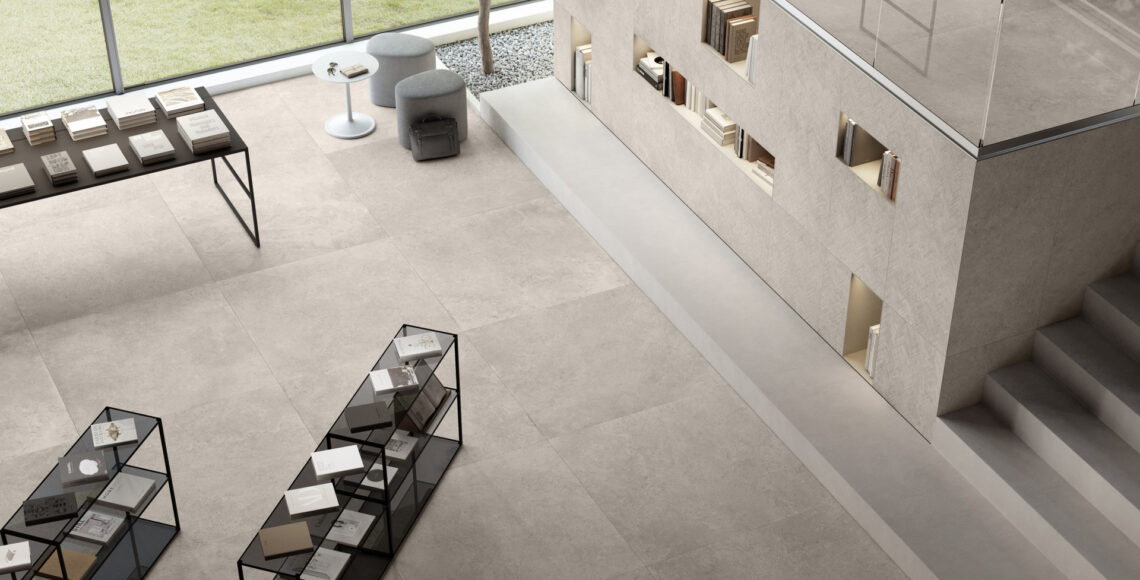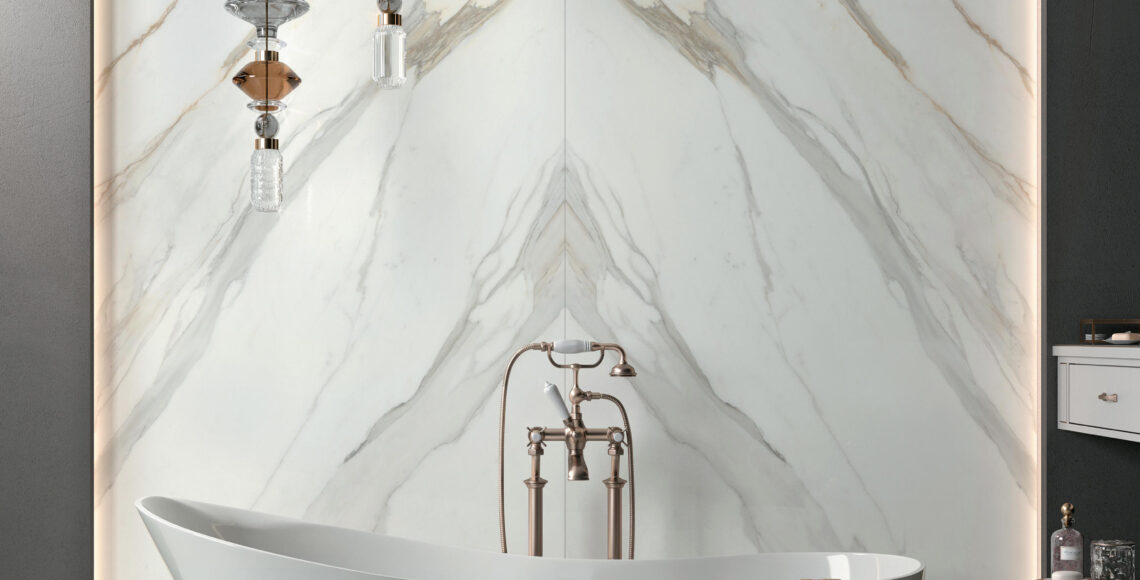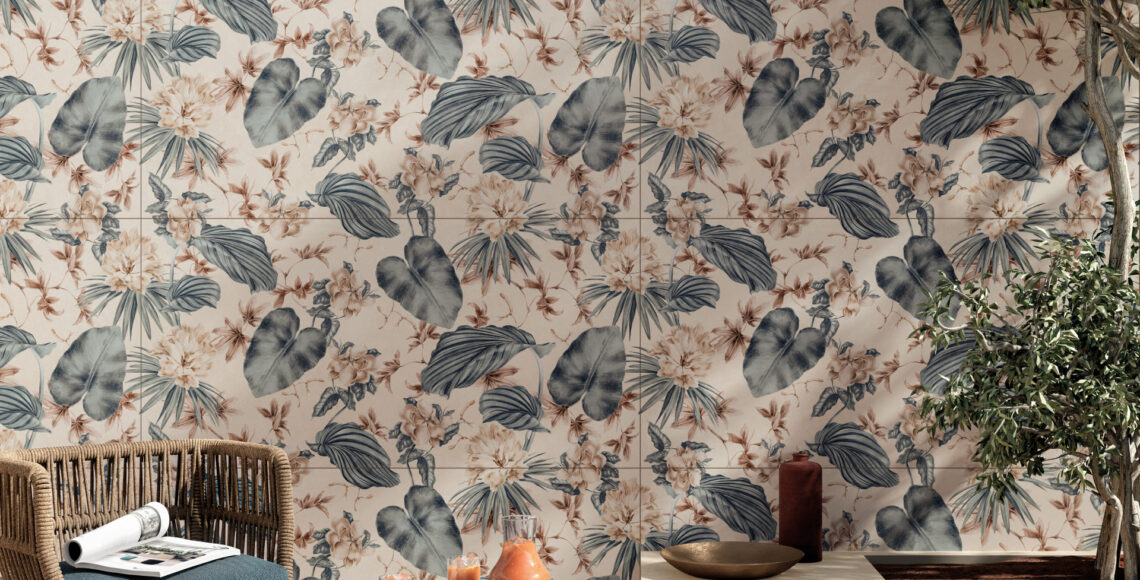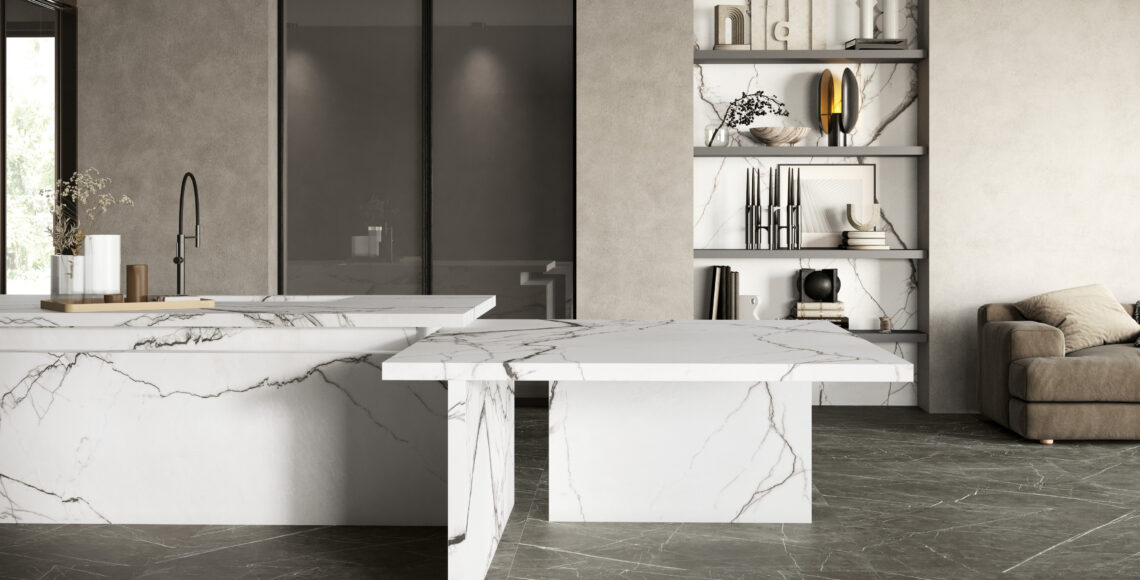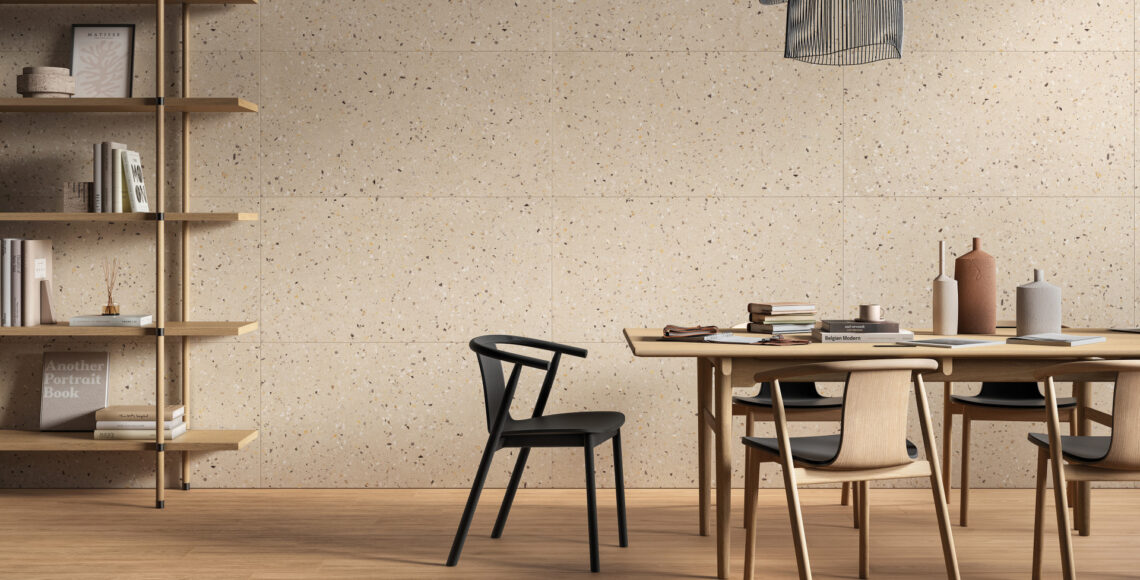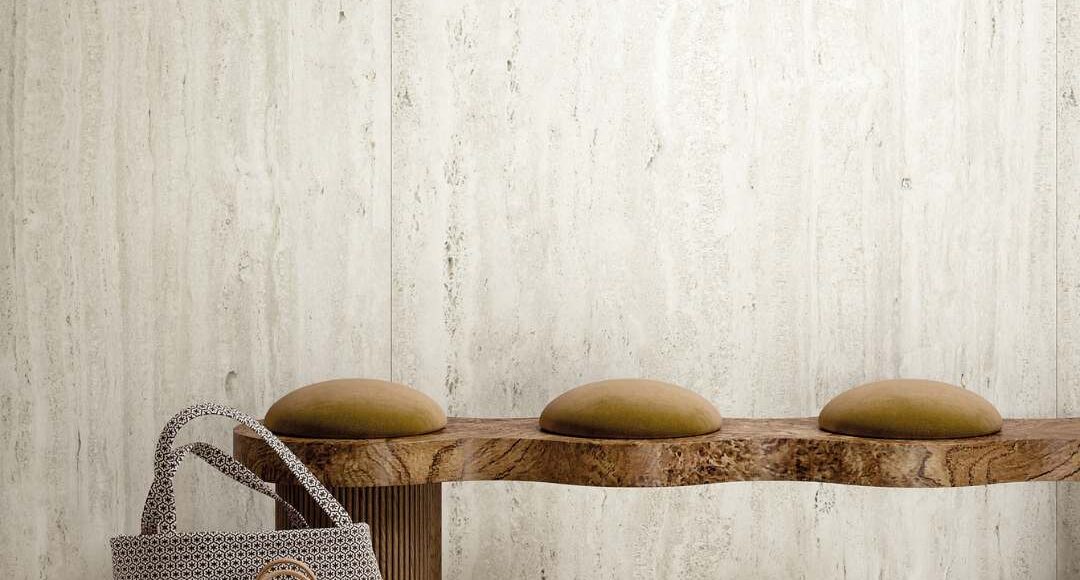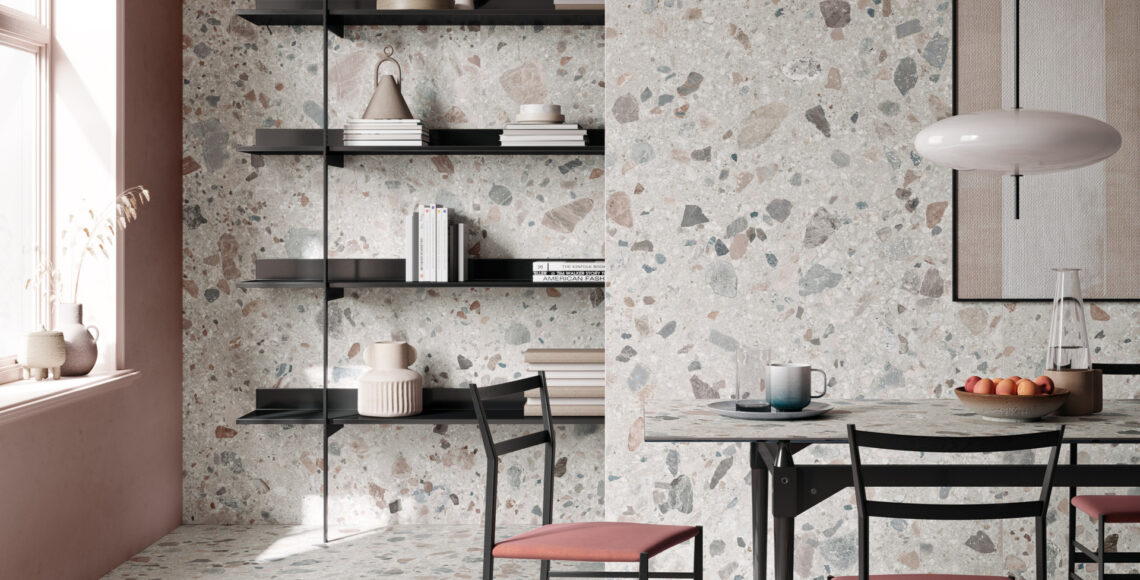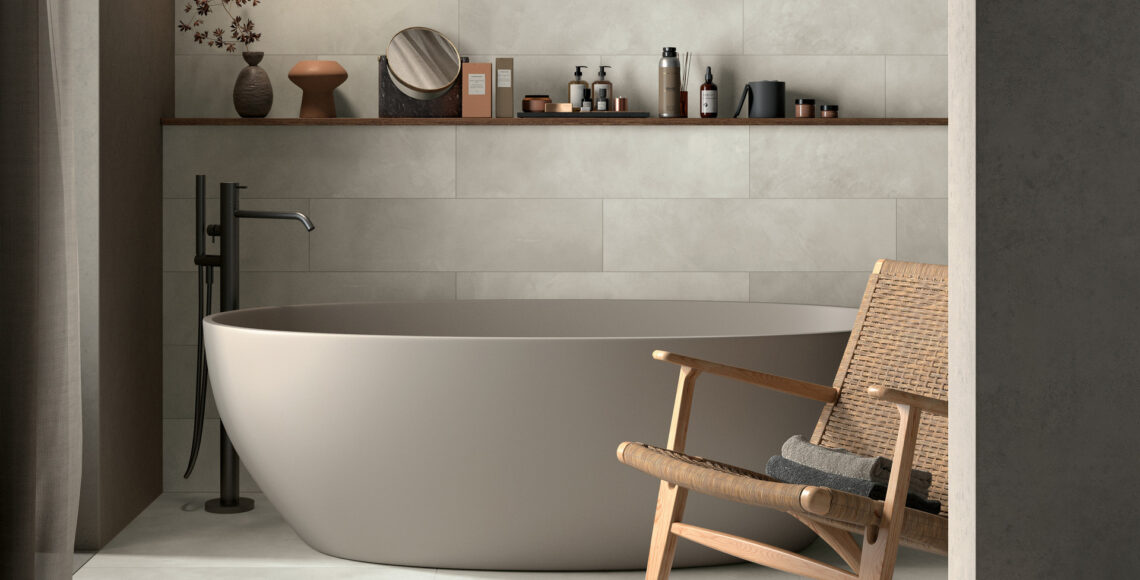Designing Minimalist Interiors with Matte Finish Porcelain Tiles
In a world where less is more, minimalist interior design continues to gain momentum for its clean lines, uncluttered spaces, and focus on functionality. At the heart of this aesthetic lies an often understated yet powerful design element—matte finish porcelain tiles. Their soft, non-reflective surface makes them a perfect match for minimalism, allowing designers to create refined, calming environments without visual noise.
Why Matte Finish Works in Minimalist Design
Matte tiles offer a natural, understated beauty that supports the essence of minimalism: simplicity, purity, and quiet elegance.
Subtle Surface: Unlike glossy tiles that reflect light, matte tiles absorb it gently, offering a more grounded and serene appearance.
Soft Texture: Their smooth but non-shiny surface adds depth without drawing too much attention—ideal for open-plan areas, bathrooms, and bedrooms where comfort and calm are key.
Neutral Color Compatibility: Matte tiles are often available in neutral shades like white, beige, soft greys, and charcoal—tones that are fundamental in minimalist palettes.
Functional Benefits for Everyday Living
Minimalist design is not only about aesthetics; it’s also about practicality. Matte porcelain tiles strike the perfect balance between form and function.
Slip Resistance: Matte finishes offer improved grip, making them a safe choice for high-traffic areas, wet zones, and even outdoor spaces.
Low Maintenance: Their soft finish masks smudges, water spots, and fingerprints better than polished surfaces, making them ideal for busy households or commercial spaces.
Durability: As with all porcelain tiles, matte variants are highly durable, stain-resistant, and long-lasting—built to withstand everyday life while keeping a clean, simple look.
Design Tips: How to Use Matte Porcelain in Minimalist Spaces
Monochromatic Tones
Stick to one or two neutral colors across the floor and wall tiles to create a continuous, uncluttered feel. White or sand-colored matte tiles are popular for achieving a bright yet cozy atmosphere.
Large Format Tiles
Use large slab or oversized tiles with minimal grout lines to reduce visual fragmentation and enhance the flow of the space.
Pair with Natural Materials
Combine matte tiles with wood, raw concrete, or brushed metal finishes to bring warmth and textural contrast while staying within a minimalist framework.
Minimal Patterns, Maximum Impact
While minimalism favors simplicity, tiles with subtle stone, cement, or fabric-like textures can add character without overpowering the space.
Creating Timeless Spaces with Matte Tiles
Minimalist interiors are not a trend—they’re a lifestyle choice. Matte porcelain tiles help bring this vision to life by offering a timeless base that supports evolving décor choices without losing its appeal. Whether you’re designing a tranquil home, a serene spa, or a contemporary retail space, matte tiles provide the foundation for clarity, balance, and elegance.

